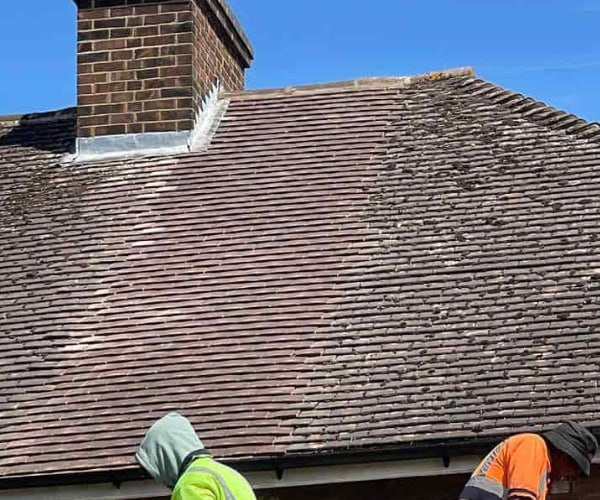Choosing the Right Roofing Material for Re-Roofing: Factors to Consider
Introduction: Re-roofing your home is a significant investment that can enhance its aesthetic appeal and structural integrity. One of the crucial decisions you’ll make during the re-roofing process is selecting a suitable roofing material. With a wide range of options, you must consider various factors to choose the fabric that best suits your needs, budget, and style preferences. In this blog post, we’ll guide you through the factors to consider when choosing the suitable roofing material for your re-roofing project.
1. Durability and Longevity: Different roofing materials have varying lifespans. Asphalt shingles typically last around 20 to 25 years, while metal roofs can last 50 or more. Consider how long you intend to stay in your home and the climate conditions in your area when choosing a material with the appropriate lifespan.
2. Budget: Your budget will significantly affect your roofing material selection. Some materials, such as asphalt shingles, are more cost-effective upfront, while others, like slate or clay tiles, come at a higher initial cost. Consider the long-term savings and maintenance costs associated with each material.
3. Aesthetic Appeal: The roofing material you choose should complement your home’s architectural style and enhance its curb appeal. Different materials offer various textures, colours, and profiles. For instance, asphalt shingles are available in a wide range of colours, while metal roofs can mimic the appearance of traditional roofing materials like wood and slate.
4. Climate and Weather Resistance: Your region’s climate should influence your roofing material choice. Some materials are better suited for specific weather conditions. For example, metal roofs are excellent for areas prone to heavy rainfall and snow, while clay tiles perform well in hot and dry climates.
5. Maintenance Requirements: Consider the maintenance demands of each roofing material. Some materials, like wood shakes, require regular upkeep and treatment to prevent rot and decay. Others, like metal roofs, are virtually maintenance-free.
6. Weight Considerations: Different roofing materials vary; your home’s structure must support the chosen material. For instance, clay tiles and slate are heavier materials that may require additional structural reinforcement.
7. Energy Efficiency: Energy-efficient roofing materials can help reduce your home’s cooling and heating costs. Some roofing materials, like metal and reflective coatings, are designed to reflect sunlight and heat, keeping your home cooler.
8. Environmental Impact: If environmental sustainability is a priority, consider eco-friendly roofing materials like recycled shingles, metal roofs, or cool roofing options that reduce heat absorption.
9. Local Building Codes: Local building codes and regulations may dictate which roofing materials are allowed in your area. Check with your local authorities and ensure the chosen material meets all the requirements.
10. Contractor’s Recommendation: When selecting a roofing material, consulting with a professional roofing contractor is crucial. They can assess your home’s needs and provide expert recommendations based on their experience.
Conclusion: Choosing the right roofing material for your re-roofing project involves carefully considering durability, budget, aesthetics, climate, and maintenance requirements. By considering these factors and consulting with roofing professionals, you can make an informed decision that ensures the longevity and beauty of your home’s new roof.
Call us on: 01462 418 494
Click here to find out more about JYT Roofing Hitchin
Click here to complete our contact form and see how we can help with your roofing needs.

